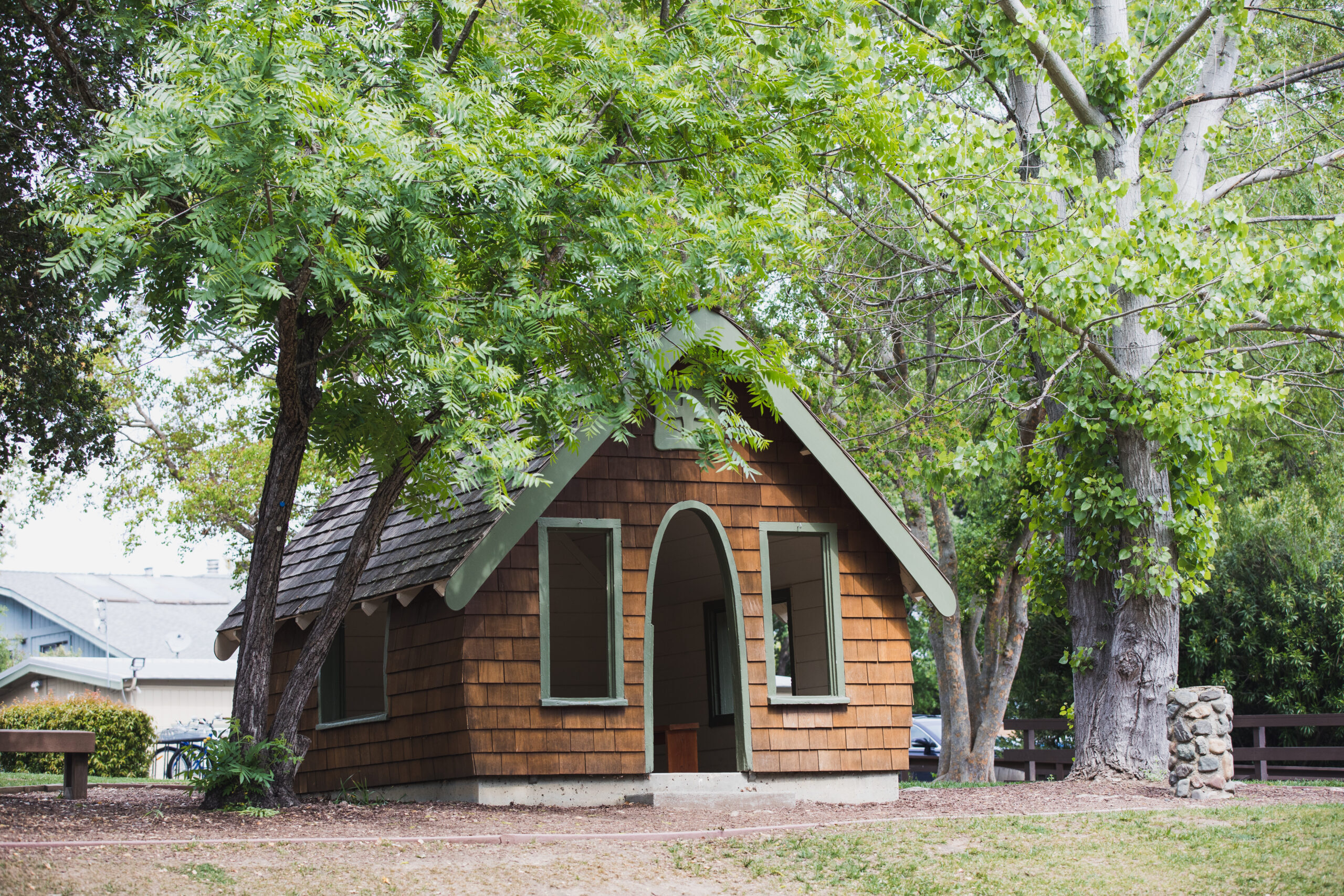Walking around campus these past few days, I have been somewhat blinded by the bright smiles of children and adults as they happily enter into a new school year. There is a strong sense of optimism and excitement about the many adventures that lie ahead. Every child stands a little bit taller. Countless students model new glasses, new hairstyles, a toothless smile, or—with a bit of prodding—new braces. Clean new shirts, shorts, and fluorescent shoes gleam in the sunshine.
Hillbrook is often a joyful place, and it is no more evident than in these early days of school when students bound off the bus or out of the car as they arrive in the morning. Teachers and students at all grade levels focus on establishing routines that will guide our community throughout the year. Our youngest students learn where to hang their backpacks and how to clean up the playground after recess, while older students focus on learning homework routines and how to care for—and appropriately use—an iPad. All students learn how to greet each other in the morning and how to support each other both inside and outside the classroom. Students create classroom contracts establishing norms for how they want to live together in their classroom community.
Our focus on routines and expectations is intentional, as we know that setting things in place early in the year is essential for the creation of an inclusive community where each person feels known, valued, and supported. It also reflects the reality that we are dealing with children, who will test limits, have conflicts, and face moments when everything is not perfect. While we often talk about how joyful school is, there will be days when students struggle, get frustrated, cry, say or do inappropriate things, feel sad, get angry, and even sometimes just fall apart. Sometimes this happens at school, sometimes it doesn’t happen until a child gets home. Either way, it is a reminder that life is not always easy.
It is also a reminder that children are continually growing, changing, and developing. A recent New York Times column, “It’s not a ‘problem.’ It’s called being a child” by Lisa Damour, pointed out the importance of this insight. Damour writes, “Every age comes with its own challenges that unfold in a predictable, unstoppable sequence.” She describes normal developmental stages—like the rules obsession and fear of losing in 1st grade that often leads a 1st grader to cheat, the increasingly realistic perception of oneself in 4th grade that often leads to a decrease in confidence—and reminds us all, teachers and parents, that we should not fall into the trap of thinking “that a child’s education will be an enriching romp from one joyful day to the next.” She encourages schools and parents to review developmental milestones at the start of each year and understand what we should expect from children at specific ages.
And in fact, every year we pass out copies of “Yardsticks” at the opening grade-level coffees in an effort to help us all understand key developmental milestones. Parents of 8-year-olds may recognize the following: “very industrious, but often exaggerate their own ability,” while parents of 9-years-old should be forewarned: “Can be sullen, moody, aloof and negative; often say ‘I hate it,’ ‘It’s boring,’ etc.” Parents of 11-year-olds might find the following reassuring: “Often behave best when away from home,” and parents of 13-year-olds can undoubtedly relate to this: “Very concerned about personal appearance, but unconcerned about the neatness of their personal environment.” Regardless of the age, it is both reaffirming—and essential—that we remind ourselves that growing up is a process and that the more we understand what our children are experiencing physically, socially, emotionally, and cognitively at different stages, the better we will all be able to support them and help them through the good times and the bad.
Recognizing the relationship between all these things—the need to establish routines, the inevitable ups and downs of school and life, and the importance of understanding and normalizing child development—is a critical step for all of us as we embark on the school year. Sometimes a bad day is just that, a bad day, and what our child needs is not a solution to their problem, but a listening ear and a shoulder to cry on. Sometimes, the most important question to ask is, “what would you like me to do?” and then stop to listen carefully to the answer before we take a child-size issue and turn it into an adult-sized crisis.
The point is that childhood joys are inextricably linked with childhood challenges. We all hope that each child enthusiastically wakes up each morning eager to come to school. The reality is that no child—just like no adult—feels that way every day. In the end, what we promise as a school is that each child will be known and valued and that we will partner with you to ensure that they reach their highest individual potential in school and in life. We are extraordinarily grateful for the opportunity to share in the journey.
